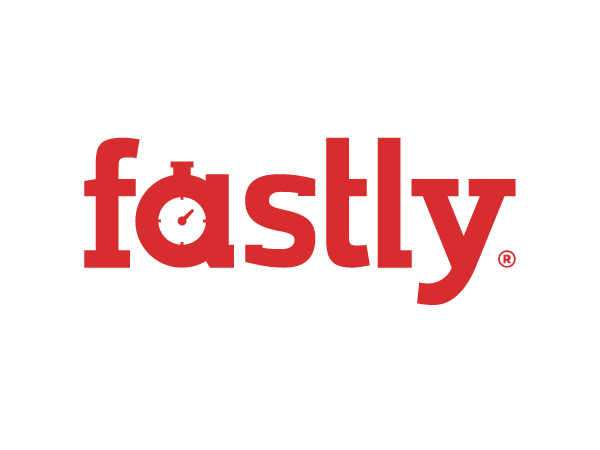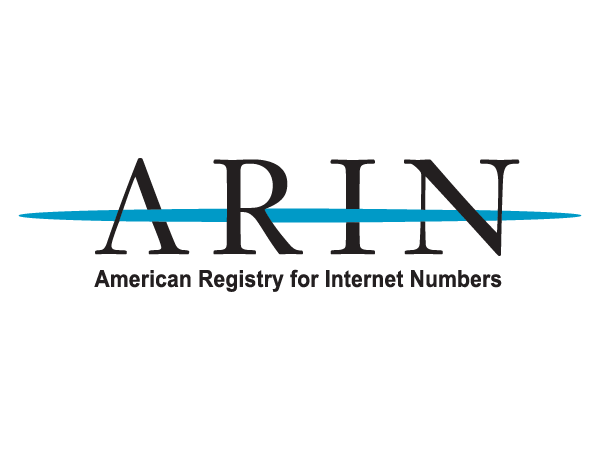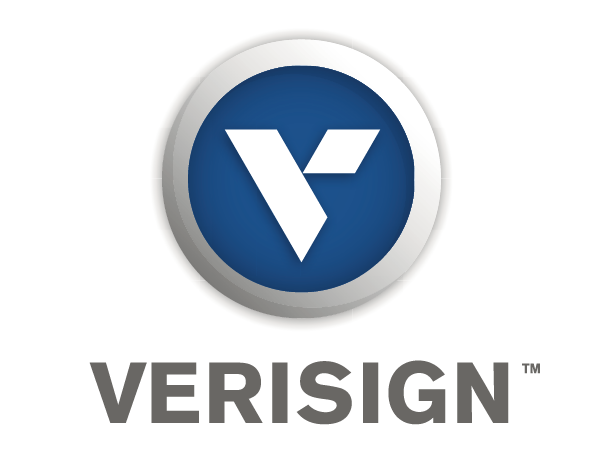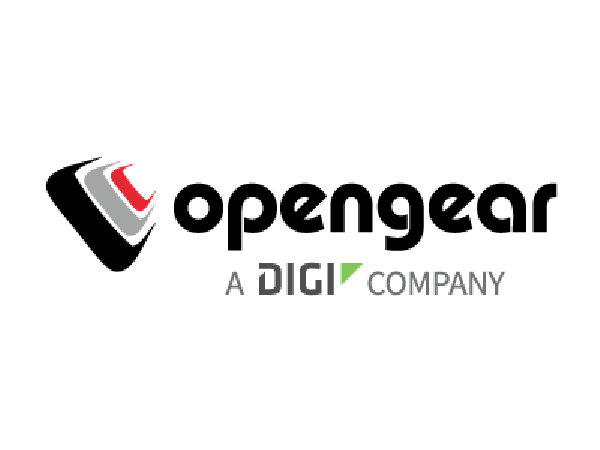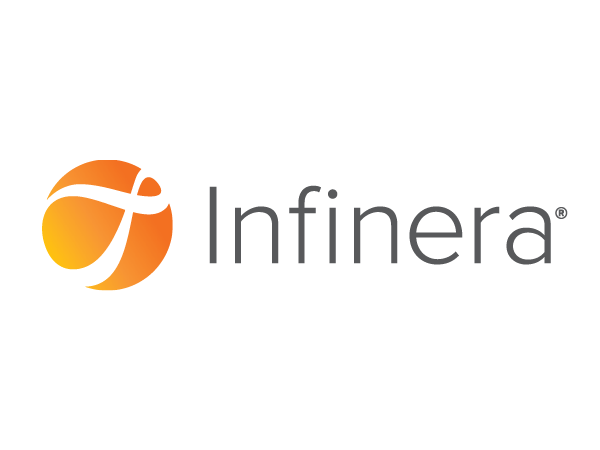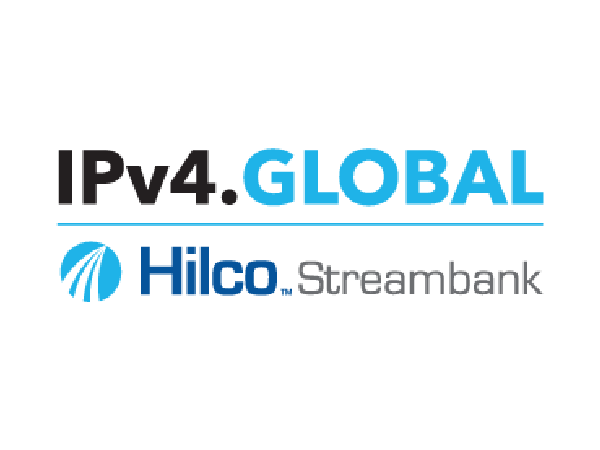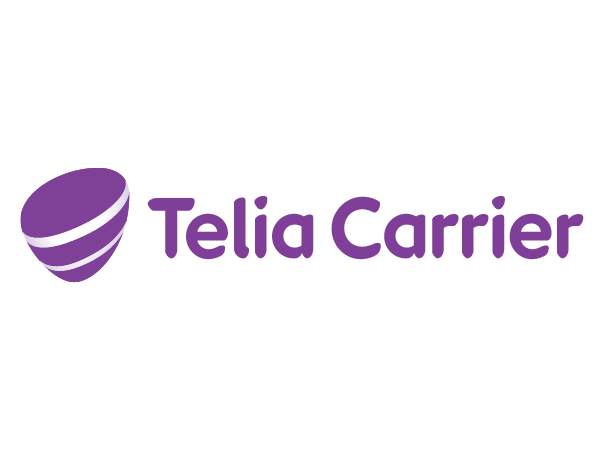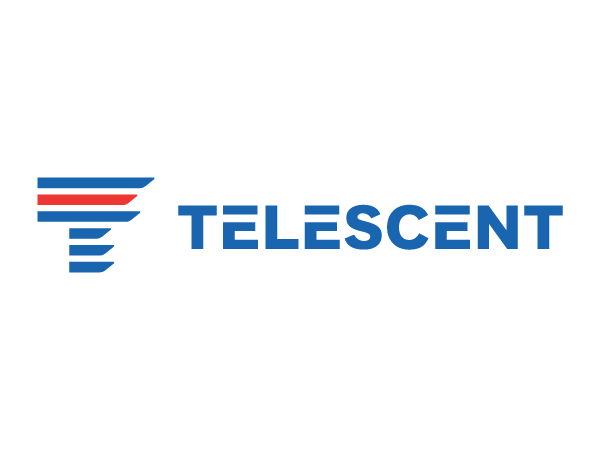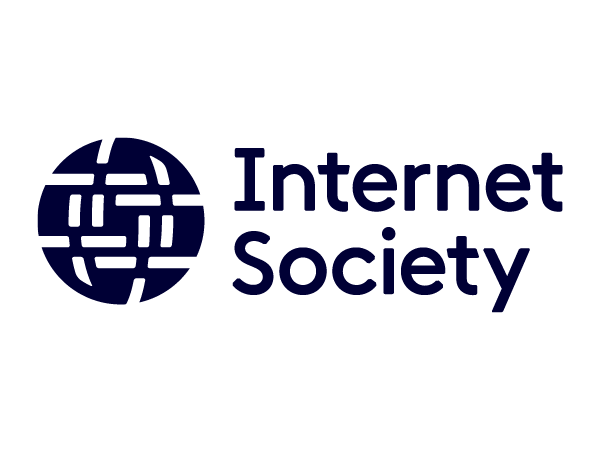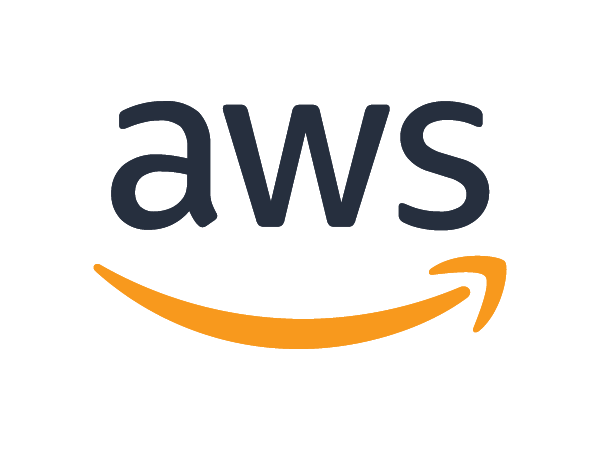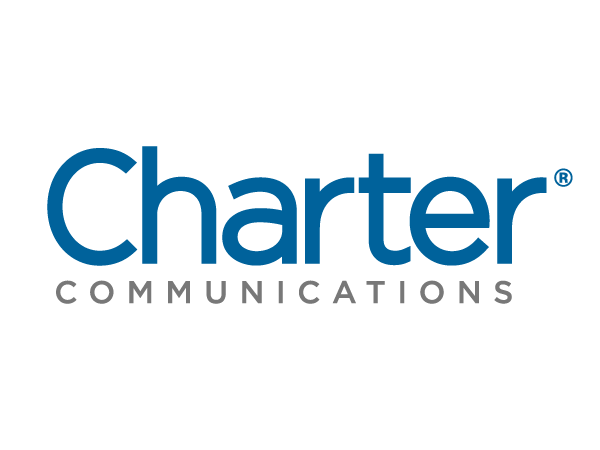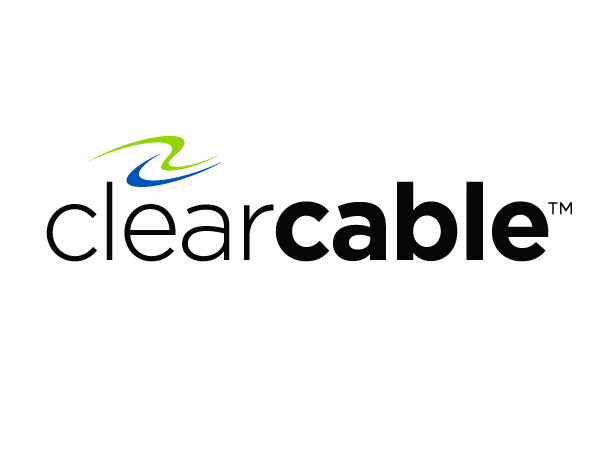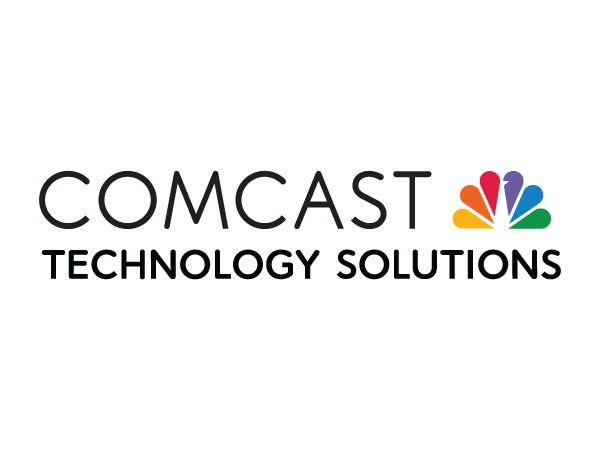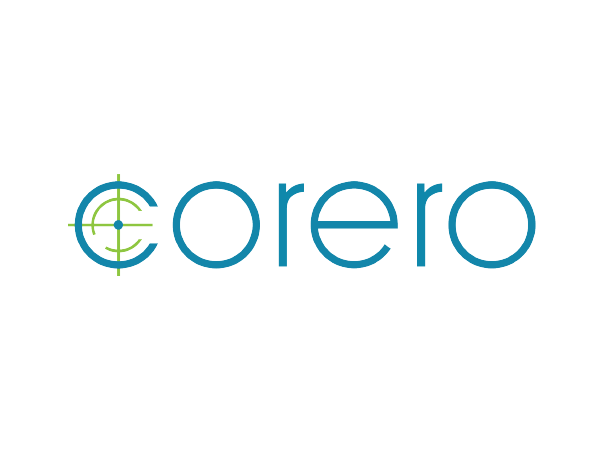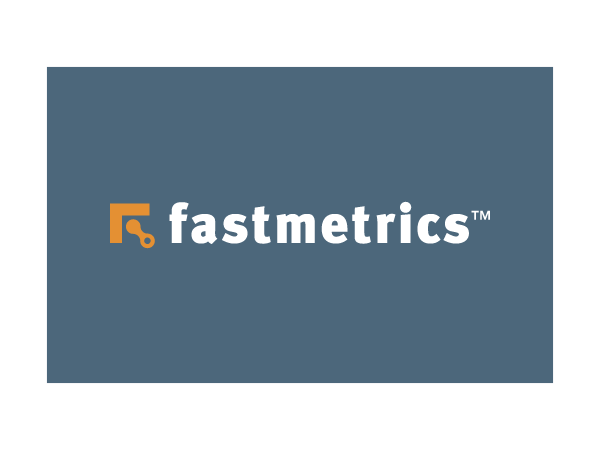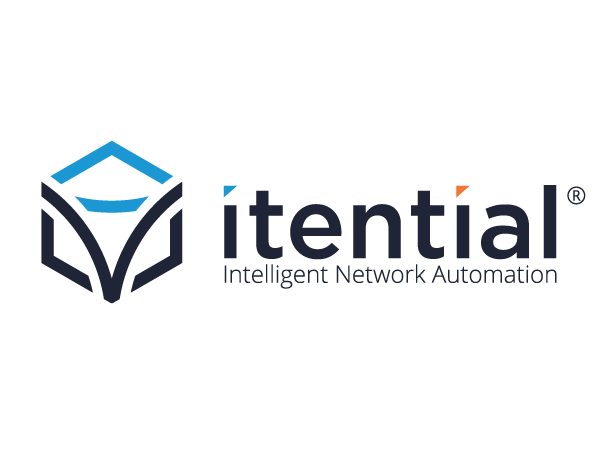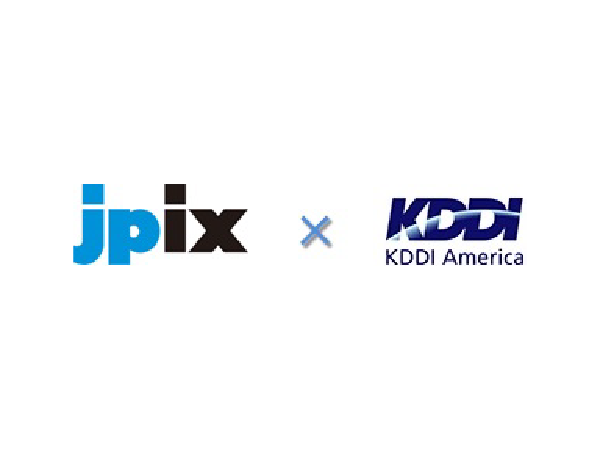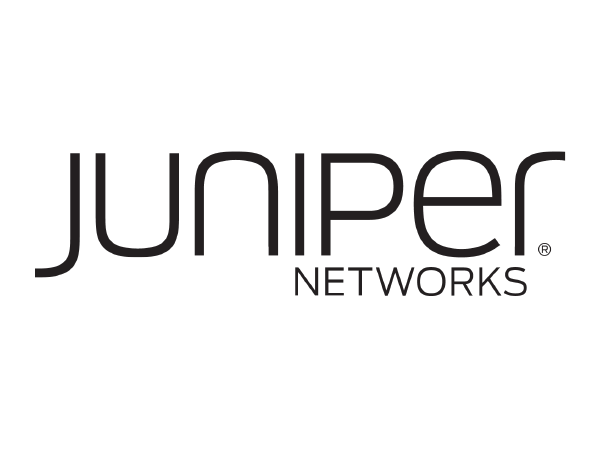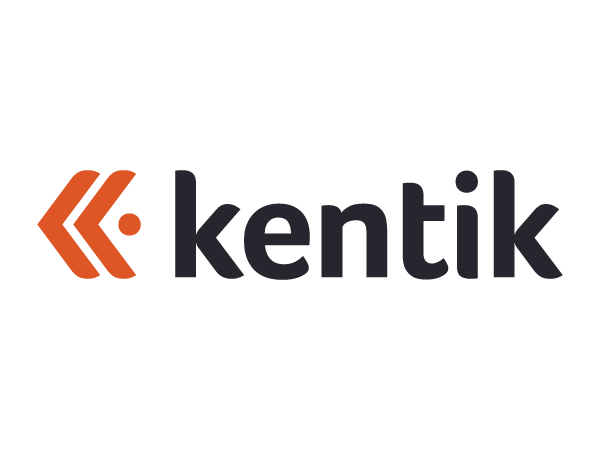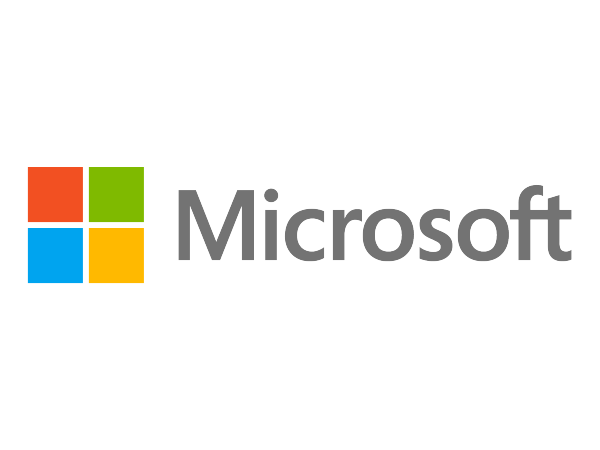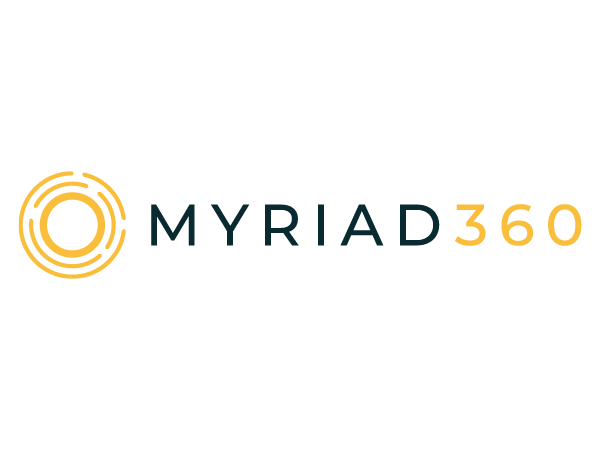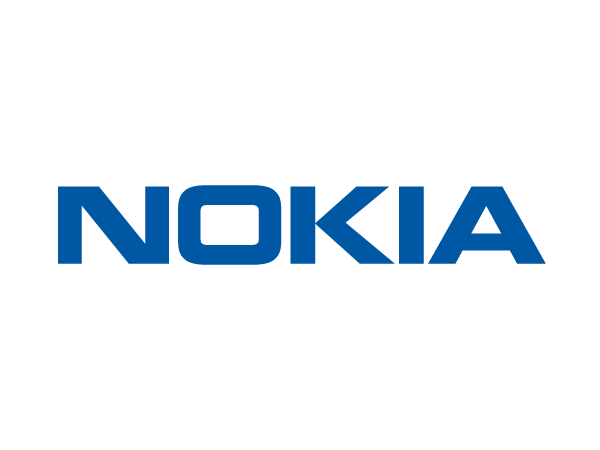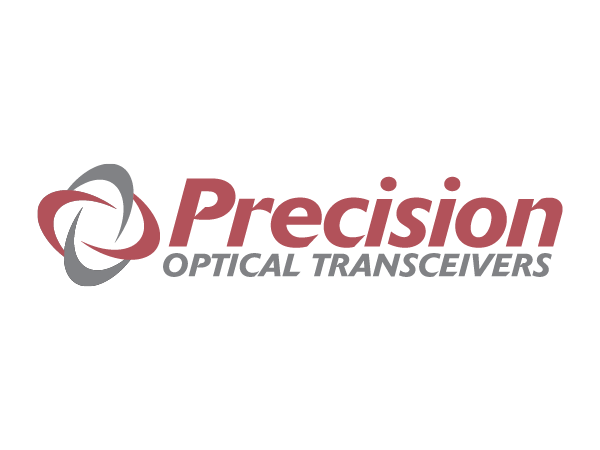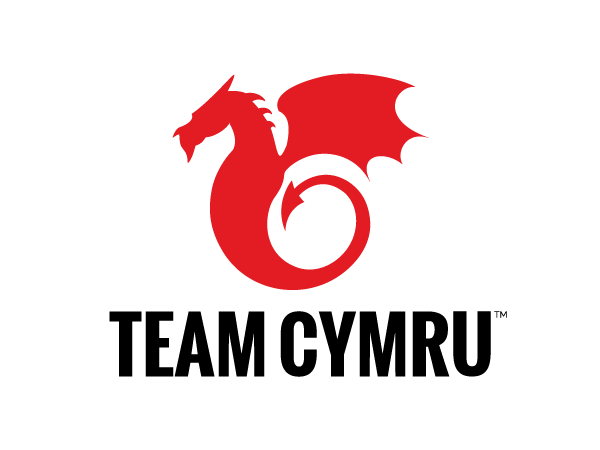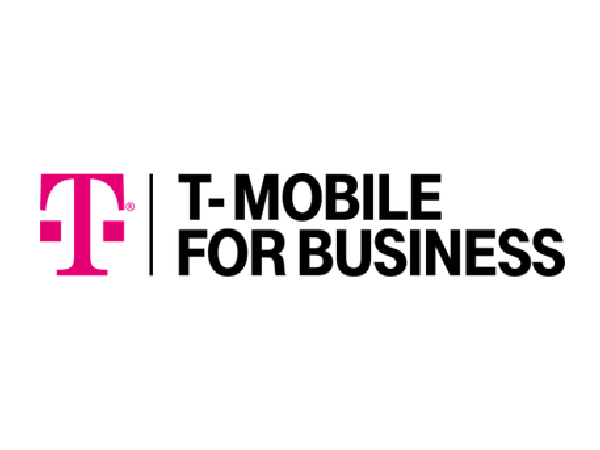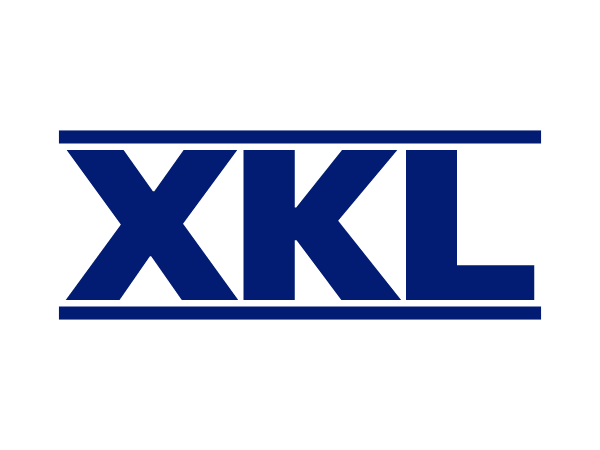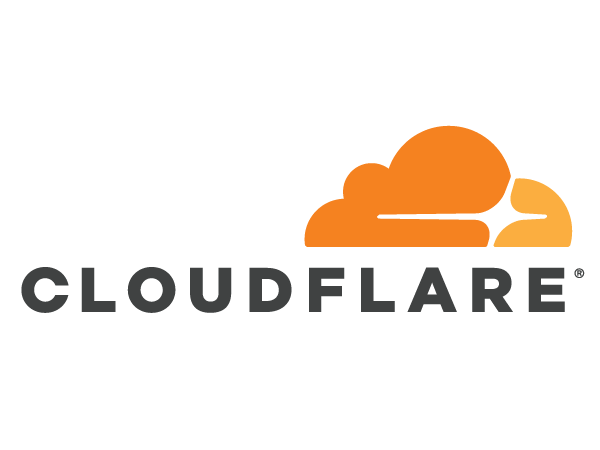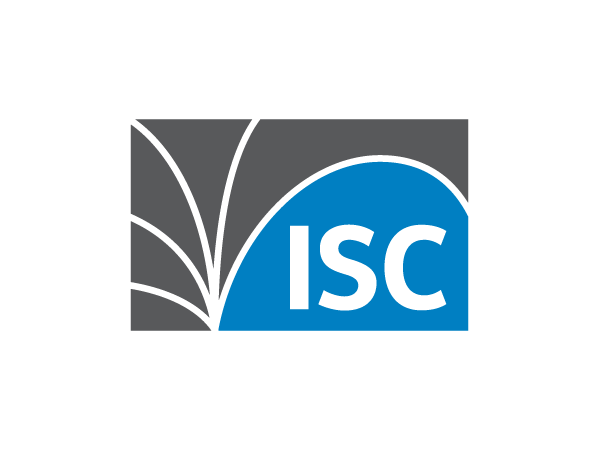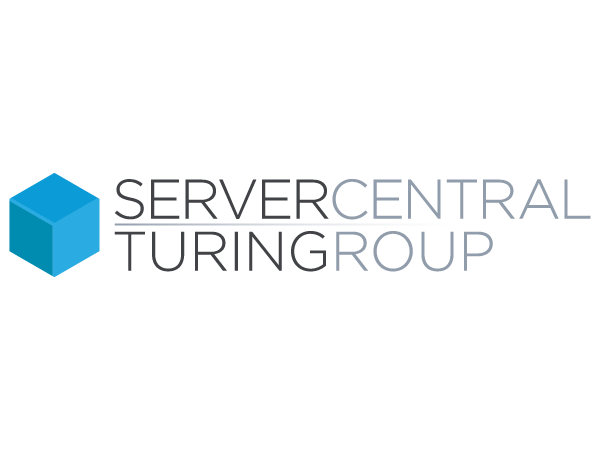Agenda
- Events
- NANOG 81 Virtual
- Agenda

Click on any talk title in the agenda to view the full abstract and speaker info.
Monday, February 8, 2021
| Topic/Presenter |
|---|
NANOG 81 Conference Opening
Tina Morris - Amazon Web Services
Full AbstractWelcome to NANOG 81 - Virtual Speakers
|
Keynote: A Brief History of Router Architecture
Tony Li - Arista Networks
Full AbstractIn this talk, we review the history of router architectures complete Speakers
|
Next Gen Core Networks
Mannan Venkatesan
Full AbstractWith high traffic growth on Service Provider core networks, staying ahead on network capacity has always been a challenge. This presentation reviews how Comcast has evolved its Core Backbone Networks to keep up with traffic demands, some of the challenges we faced, how we are addressing them and sharing the lessons learned from these deployments. Speakers
|
Full AbstractPut your NANOG + network engineering knowledge to the test with a round of Kahoot trivia during the last 15 minutes of the break. https://zoom.us/j/99314296323?pwd=QVFPd25ZbEF1NjBhZ1dtN3Fjc2tXdz09 Make sure you open the Kahoot! app or a separate web browser to Kahoot.it to play along! Sponsors: |
Full AbstractAre you a Newcomer to NANOG? Would you like to network with other Newcomers and NANOG veterans? Join us for the Zoom Session! Join Zoom Meeting Meeting ID: 944 9085 5922 Dial by your location |
|
|
Flex-algo
shraddha hegde
Full AbstractFlexible Algorithm provides means to create separate topologies in a single IGP. Flexible Algorithm Definition includes, metric type, algorithm and the link constraints and is used to define the topology. Flexible Algorithm is a simple and easy way to solve use cases such as separating routing-planes, constrained TE paths and low latency routing. It uses IGP extensions and no other protocols or controllers are required for deployment. Speakers
|
Full AbstractSegment Routing is getting more and more deployed in production networks now, starting with unicast. As more operators moving or planning to move to SR, those with multicast requirements need to consider what options they have for multicast. This presentation looks at SR principals and corresponding multicast options, with focuses on SR-P2MP, BGP/controller signaling, and integration with seamless inter-region SR and classful BGP transport. |
IPv6 at 25
Susan Forney - Hurricane Electric
Full AbstractIPv6 turned 25 in December. While global adoption of IPv6 might not be where its architects thought, IPv6 has come of age and inserted itself firmly into the Internet. This presentation examines IPv6 adoption, prefix growth, and security. Speakers
|
Tuesday, February 9, 2021
| Topic/Presenter |
|---|
Full AbstractMeeting Agenda will be emailed to NANOG Members with a calendar invite that includes information on how to join the webinar. |
Keynote: Securing Internet Applications from Routing Attacks
Jennifer Rexford
Full AbstractAttacks on Internet routing are typically viewed through the lens of availability and confidentiality, assuming an adversary that either discards traffic or performs eavesdropping. Yet, a strategic adversary can use routing attacks to compromise the security of critical Internet applications likeTor, certificate authorities, and the bitcoin network. In this paper, we survey such application-specific routing attacks and argue that both application-layer and network-layer defenses are essential and urgently needed. While application-layer defenses are easier to deploy in the short term, we hope that our work serves to provide much needed momentum for the deployment of network-layer defenses. Speakers
|
Security in Design
Russ White - Akamai
Full AbstractNetwork designers are often told they should build security in to the network "from day one." Very little work, however, has been done in defining what building a secure network really means beyond filtering packets, protecting network devices, and providing segmentation (or microsegmentation). This presentation takes another look at security in network design, considering how complexity and security are related, and how to think about design decisions from a security perspective. Speakers
|
Measuring ROA deployment at the top of the DNS
Edward Lewis - ICANN
Full AbstractA measurement of ROA adoption on routes leading to DNS servers supporting the top of the name hierarchy. The DNS servers include the root zone, the ccTLDs, gTLDs and the reverse map zones managed by the RIRs. Analysis of the adoption measurements starts with the obvious categorizations, such as all, IPv4/IPv6, gTLDs/ccTLDs/reverse map. Speakers
|
Full AbstractPut your NANOG + network engineering knowledge to the test with a round of Kahoot trivia during the last 15 minutes of the break. https://zoom.us/j/99314296323?pwd=QVFPd25ZbEF1NjBhZ1dtN3Fjc2tXdz09 Make sure you open the Kahoot! app or a separate web browser to Kahoot.it to play along! Sponsors: |
WIT : Interview with Microsoft's Terri Jordan
Kat Ronay - Microsoft
Full AbstractJoin Zoom Meeting Meeting ID: 984 7221 5309 Women in Tech Networking at NANOG 81 will include an interview with Terri Jordon who has been in tech for over 30 years. Terri spent the first part of her career at Walmart, at a period when the retail giant underwent massive scaling. She had a variety of responsibilities for software development and technical infrastructure of Wal-Mart Stores, Sam's clubs, distribution centers and office locations worldwide. She was honored as the first female winner of the Sam M. Walton Award of Excellence in the information systems division. This talk will focus mainly on Terri's experience as a female leader, her focus on diversity in tech and how each of us can make a difference in our own companies. Speakers
|
Full AbstractPut your NANOG + network engineering knowledge to the test with a round of trivia during the last 15 minutes of the break. https://nanog.zoom.us/j/94079429027?pwd=ZlBxNnRYUGJyMlpVdDFSdU1xc1dTdz09 Make sure you open the Kahoot! app or a separate web browser to Kahoot.it to play along! Sponsors: |
Full AbstractThe NANOG Hackathon was held Saturday and Sunday ahead of the NANOG general conference sessions. With a central theme of Configuration Management, participants worked individually or self-organized into teams to work on software passion projects or learn new technologies. This is a presentation on a few noteworthy projects. Speakers
|
Automation without Config Deployment
Kenneth Celenza - Network to Code
Full AbstractWhat is automation without configuration deployment? Well.. it turns out there is a lot to be done, in fact, deploying configuration generally only represents a small fraction of total time and is near all of the risk of automation going wrong. Starting on configuration deployment, can actually slow your progress to configuration deployment as it is difficult to trust a new automated process without historical evidence. During this 30 minute presentations we will review the reasons to forgo configuration deployment and strategies to do so. Topics such as how to integrate with a Source of Truth, generate configurations from a Source of Truth, building an automated pre & post-check process, and integrating with network management systems. Finally, a pragmatic approach to attacking network automation tasks that will appeal to engineers and executives alike. Speakers
|
XDPeriments: Tinkering with DNS and XDP
Luuk Hendriks - NLnet Labs
Willem Toorop - NLnet Labs
Full AbstractThe eXpress Data Path (XDP) is a "hook" in the Linux kernel providing programmability at the lowest layer of the Network Stack (at the device driver layer) and can even be hardware offloaded to programmable devices (e.g. SmartNICs). XDP provides an easy way to perform some parts of DNS handling in the kernel but still have traditional userspace software 'after' that. XDP does not have to replace DNS software in userspace, it can **augment** it. XDP programs are well suited for dealing with Denial of Service attacks. Furthermore XDP programs can be put to work on an ad-hoc basis on a running system without interruption. We think using XDP to augment an existing DNS service is an exciting new idea, and a great new tool in the DNS operator's toolbox. In this presentation we will explore how DNS can benefit from XDP with hands-on examples of directly usable running code. We will show how operators can use XDP programs to deal with Denial of Service attacks and/or otherwise tweak their DNS service behaviour. Speakers
|
Full AbstractJoin us for a Virtual Happy Hour - a chance to socialize via an informal setting. https://nanog.zoom.us/j/97614694956?pwd=OXhXRjFiZDVxbExrSFJqM2d4Yk5aUT09 |
Wednesday, February 10, 2021
| Topic/Presenter |
|---|
Speakers
|
Navigating Automata Without a Map
David Gee
Full AbstractAhoy mateys. Network automation is burning on as the hot topic and this talk will go into self-driving, self-healing and auto-remediation in light of current automation trends and tooling. If network engineers are pirates, then bad times are afoot as the map is missing. For the evolving journey of humans handing over the drudgery of repetitious and mundane work to automation, we must find a way of navigating the seas of operational hell. This talk will discuss the problem at large, the mindset and the output of some novel work carried out last year year in the name of becoming a network automation cartographer. You can expect frustration, disbelief and the glowing view of treasure, as the work begins to deliver on its mission. Technically, this is based on a network operating system with a data store (NETCONF & YANG driven), Terraform, a graph database and lots of experimental code. What I can promise is 30 minutes of not Ansible or Python. This talk is a modified version of the Irish Network Operator Group (iNOG) 14 session and was titled "Automation without a map". Speakers
|
Full AbstractWith a growing reliance on the internet, content delivery is more important than ever. But how does it work? Does anycast really break the internet? In this talk I hope to share my experiences in building an Open Source Anycast CDN as a highschool student, and provide an insight into how I'm using anycast and open source software for DNS and HTTP content delivery. Speakers
|
Full AbstractPut your NANOG + network engineering knowledge to the test with a round of trivia during the last 15 minutes of the break. https://nanog.zoom.us/j/93639847847?pwd=WnErbjdTdmp6SWc1c095YStuZlFOZz09 Make sure you open the Kahoot! app or a separate web browser to Kahoot.it to play along! Sponsors: |
Full AbstractBoF Topics for NANOG 81 are: Join Zoom Meeting Meeting ID: 980 0554 5439 |
|
|
nPrint: Standard Packet-level Network Traffic Analysis
Jordan Holland - Princeton University
Full AbstractThis talk presents nPrint, a standard, packet-based representation of network traffic. nPrint enables machine learning on network traffic without manual feature engineering. We combine nPrint with automated machine learning (AutoML) to demonstrate that nPrint can generate a standard traffic representation across a variety of machine learning tasks and models. We present the design and implementation of nPrint, describe how we integrate it with AutoML, and apply the pipeline to three common network traffic classification problems: operating system detection, device fingerprinting, and application identification. We have implemented and released nPrint as open-source software and encourage exploration of more problems with nPrint. Finally, we have also released nPrintML, which enables researchers to perform a wide variety of traffic analysis tasks without writing any code. Jordan Holland is a 3rd year Ph.D candidate in Computer Science at Princeton University, advised by Nick Feamster and Prateek Mittal, and involved with the Center for Information Technology Policy. His research interests lie at the intersections of networks and security, connecting machine learning and Internet wide measurement techniques to network security problems such as online disinformation detection and remote device identification. Speakers
|
Panel: In Conversation: RIRs talk tech
John Kristoff - NETSCOUT / Dataplane.org
Full AbstractThis panel brings together technical representatives from each regional ARIN: Mark Kosters, Chief Technical Officer Moderated by John Kristoff @ DePaul University / UIC. Speakers
|
Speakers
|
